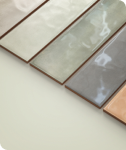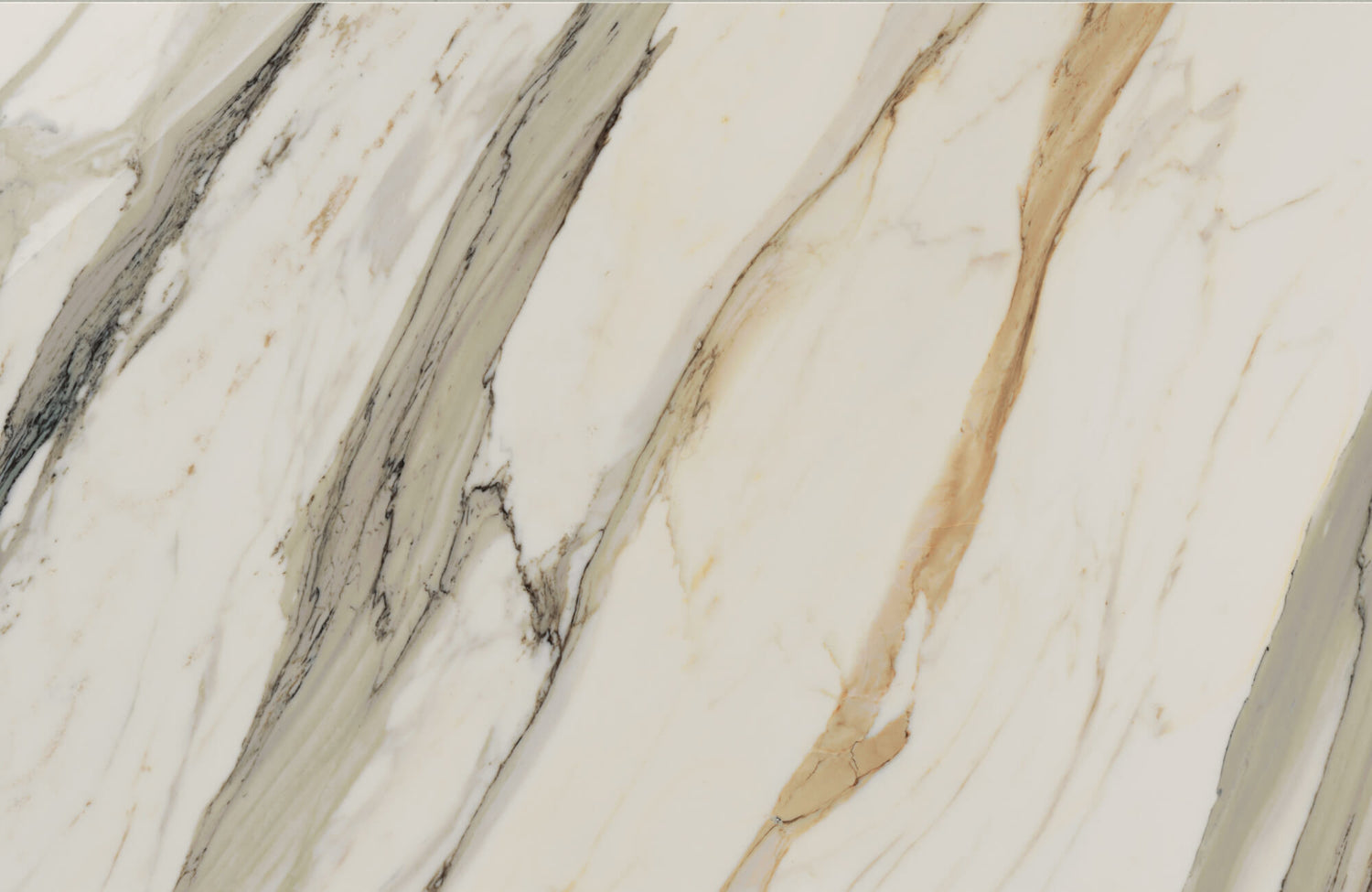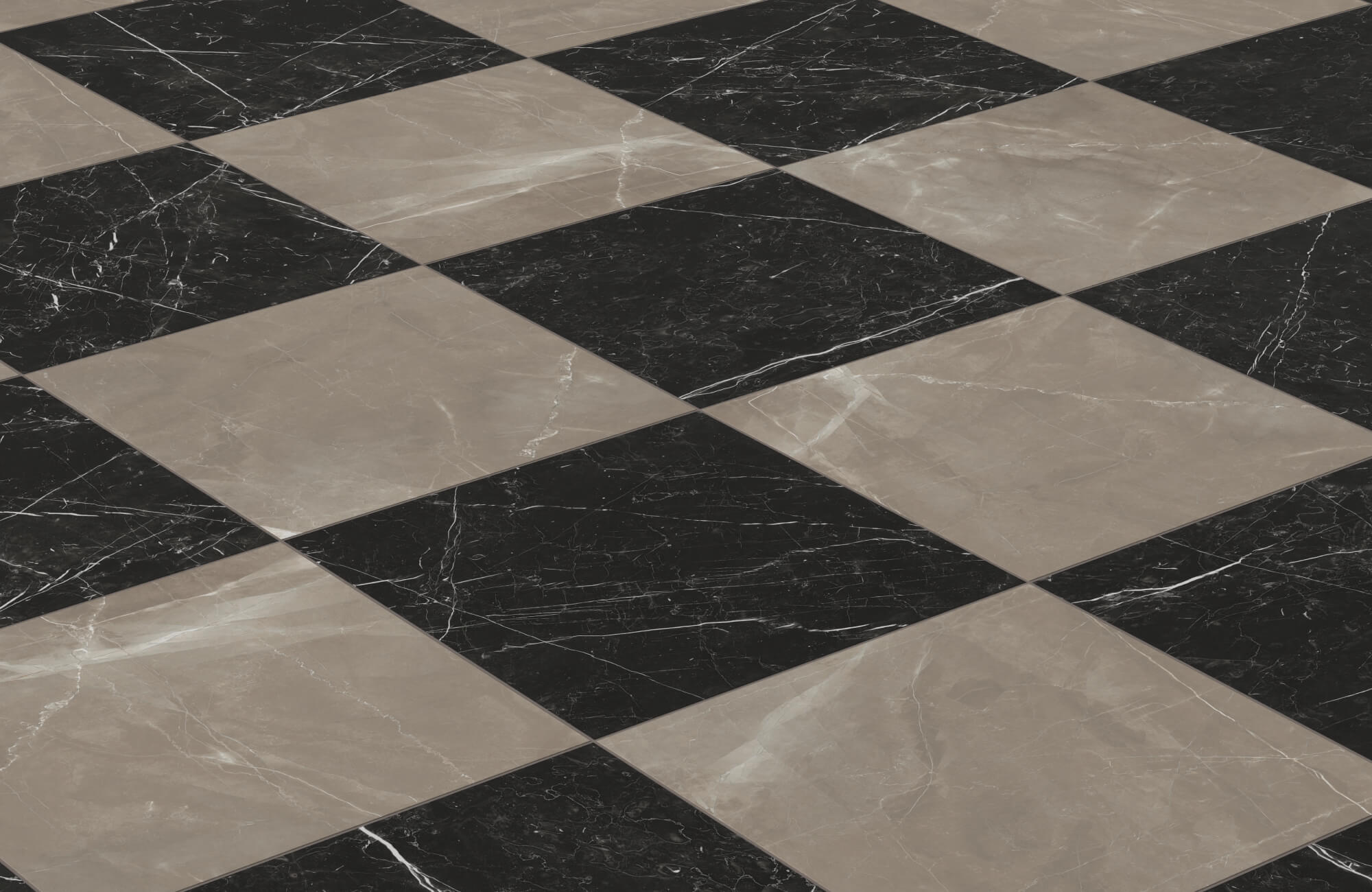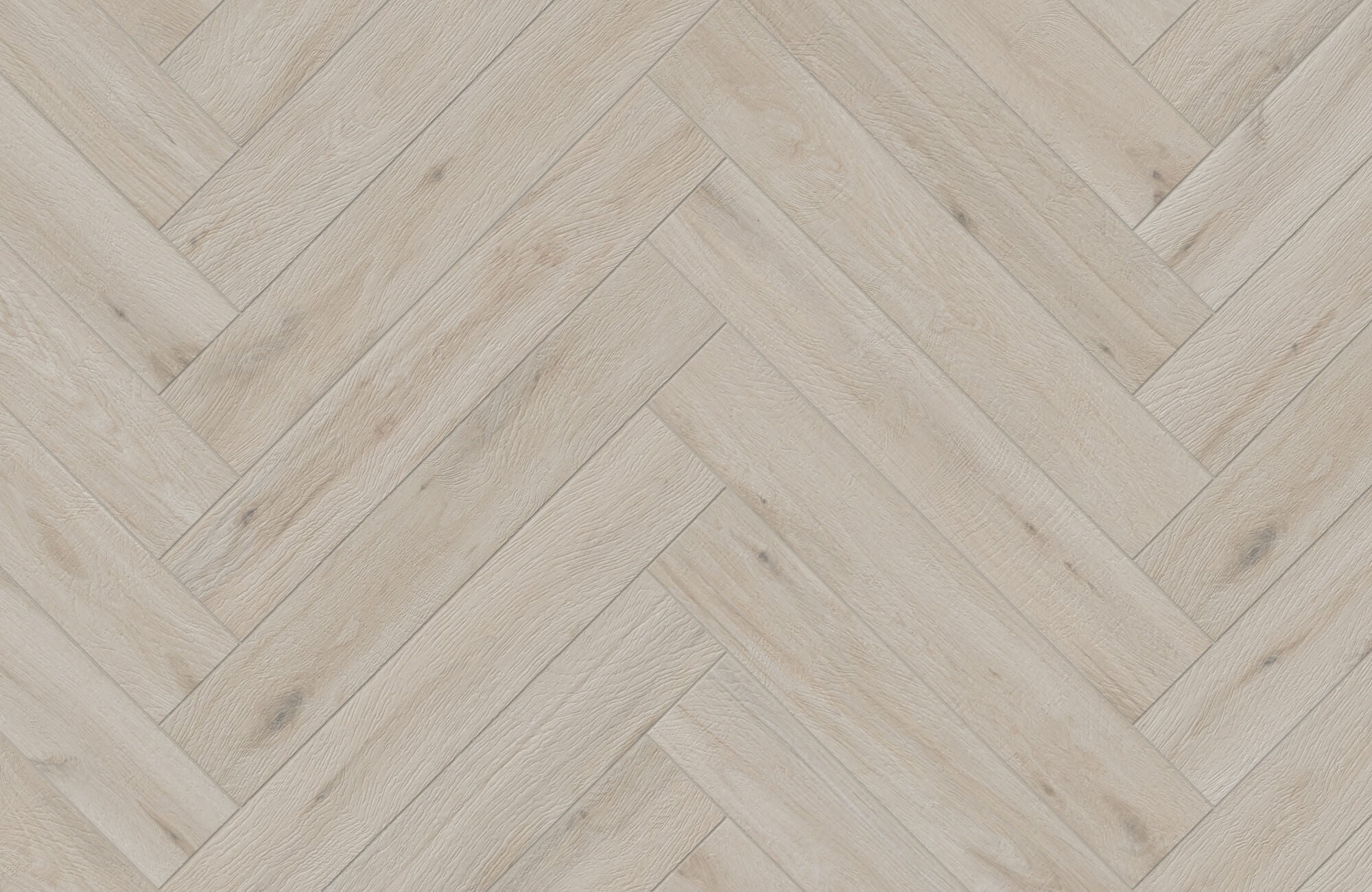Marble surfaces are renowned for their timeless elegance and their ability to enhance any interior space with natural beauty. Whether featured on floors, countertops, or walls, marble's sophisticated appeal remains unparalleled. However, its composition makes it susceptible to stains and damage, presenting long-term maintenance and preservation challenges.
In this article, we’ll explore effective ways to prevent stains and maintain the pristine condition of your marble surfaces. From sealing techniques to protective accessories and regular cleaning routines, we’ll provide practical tips for long-term care. Plus, we’ll introduce marble look tiles as a durable, low-maintenance alternative for those seeking elegance without the hassle.
Understanding Marble’s Susceptibility to Stains
Marble's natural beauty stems from its calcite content, which gives it its distinct veining and smooth finish. However, its porous structure makes it prone to absorbing liquids, oils, and other substances. This porosity allows staining agents to penetrate the surface, making spills difficult to remove without professional assistance. Furthermore, marble's delicate nature makes it susceptible to acidic substances, which can etch the surface and increase its vulnerability.
Stains on marble are frequently caused by a variety of substances classified as oil-based, organic, or inorganic. Oil-based stains, such as those from cooking oils or cosmetics, can leave dark patches that penetrate deeply into the stone. Organic stains, such as those from coffee, wine, or fruit juices, frequently cause discoloration, particularly when left unattended. Inorganic stains, such as rust marks left by metal objects or harsh cleaning chemicals, can permanently alter the appearance of marble. Being aware of these common culprits is the first step toward preventing long-term damage to marble surfaces.

Preventive Measures to Protect Marble
To avoid stains and damage, marble surfaces must be protected through proactive care and mindful practices. Below, we explore practical strategies to safeguard your marble surfaces and extend their lifespan. Keep in mind that these are general recommendations, and for optimal results, always refer to your manufacturer’s specific guidelines.
Sealing Marble Surfaces
Sealing is essential for reducing marble's natural porosity and creating a protective barrier against stains and moisture. Regular resealing, usually every 6–12 months—helps to maintain this protective layer, particularly in heavily used areas or moisture-prone spaces. To determine whether resealing is required, you can also perform a water drop test—if water absorbs into the surface within minutes, it is time to reseal. For better results, use a quality marble sealant, apply it evenly with a soft cloth to ensure full coverage, and wipe away any excess to achieve a polished and long-lasting finish.
Using Protective Accessories
Protective accessories like coasters, trivets, and placemats are indispensable for shielding marble surfaces from potential damage. These tools prevent direct contact with heat, liquids, and sharp objects—reducing the risk of stains or scratches. For example, trivets safeguard countertops from hot pots, coasters protect tables from condensation rings caused by cold drinks, and placemats shield surfaces from spills or utensil marks during meals. Incorporating these accessories into daily use not only adds a layer of convenience but also ensures your marble remains pristine and well-maintained over time.
Cleaning Spills & Avoiding Harmful Substances
Promptly addressing spills is one of the simplest yet most effective ways to protect marble from staining. Always blot, rather than wipe, to prevent spreading liquids and ensure they don’t seep into the stone’s pores. For spills such as coffee or wine, using a clean, damp cloth followed by a marble-safe cleaner is essential. Acting quickly not only prevents permanent discoloration but also helps maintain the polished and pristine appearance of your marble.
Additionally, avoiding harmful substances is crucial for preserving the marble’s finish and integrity. Harsh cleaning agents, like acidic or abrasive solutions, can etch and dull the surface over time. Instead, opt for pH-neutral cleaners specifically designed for marble. For routine cleaning, a mild detergent mixed with water can be effective—as long as it’s rinsed thoroughly. Avoid products containing vinegar, bleach, or ammonia, as they can damage marble's delicate surface, jeopardizing both its beauty and longevity.
Regular Cleaning and Long-Term Care for Marble
Creating a consistent cleaning routine is critical for maintaining your marble's beauty and durability. Daily tasks such as dusting with a microfiber cloth keep dirt from scratching the surface, whereas weekly cleaning with a non-abrasive marble cleaner removes buildup and revitalizes the stone's appearance. To keep the finish looking good, you can also use soft mops or sponges and polish it on occasion to restore its natural sheen. This consistent care will keep your marble pristine and retain its luxurious appearance over time.
Marble Look Tiles as a Practical Option
Marble look tiles, crafted from durable porcelain or ceramic, seamlessly combine the timeless elegance of natural marble with the practical advantages of modern materials. Their non-porous surface is not only resistant to stains, moisture, and scratches but also easy to maintain, making them an excellent option for homeowners who want the beauty of marble without the upkeep challenges.
Edward Martin tiles particularly stand out as they do not require sealing, which further reduces maintenance efforts while preserving their polished and refined appearance. Additionally, these tiles are more cost-effective, offering a luxurious aesthetic at a fraction of the cost of natural marble. Their durability and ease of maintenance make them ideal for high-moisture environments such as kitchens and bathrooms, where resilience is essential.
If you want to see how the right marble look tile can transform your home space, use our augmented reality (AR) tool to view different colors and finishes in real-time. It's a great way to test out different options and see how each tile choice affects your interior design before making a final decision.
Conclusion
Maintaining the timeless beauty of marble requires proper care and preventive measures. Sealing surfaces, cleaning spills quickly, using protective accessories, and sticking to a regular maintenance schedule can all help to reduce the risk of stains and scratches. With proper care, marble can remain a stunning feature in your home for many years, enhancing both its aesthetic and functional value.
For those seeking marble’s elegance without the upkeep challenges, marble look tiles are an exceptional alternative. These tiles combine the luxurious appearance of natural marble with superior durability and low-maintenance convenience. If you have any questions or need personalized advice, feel free to contact us! Our team is here to guide you in selecting the best options for your flooring and wall design needs.









